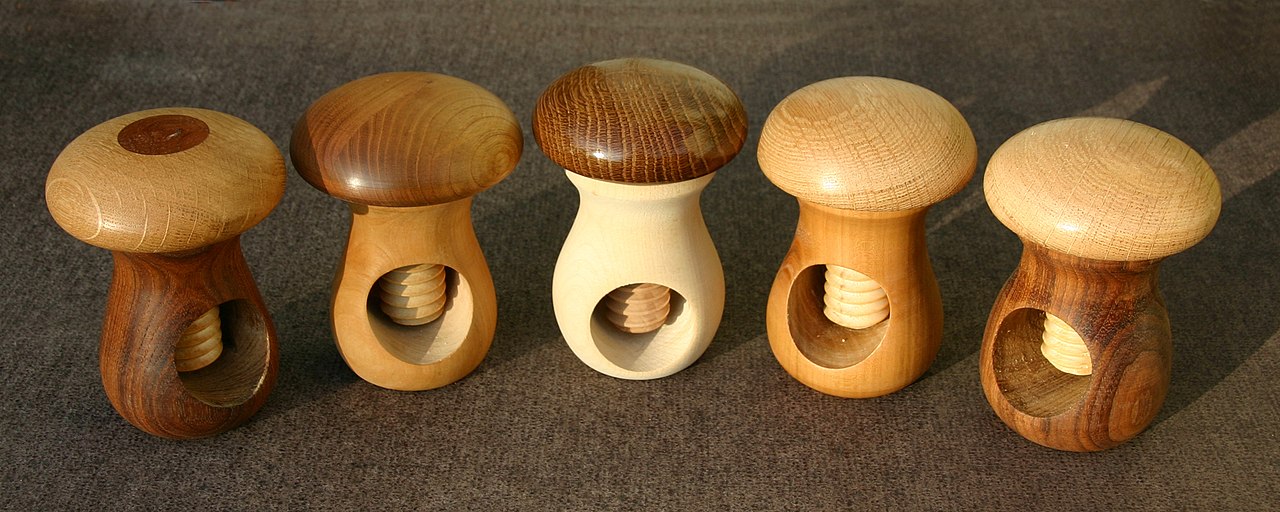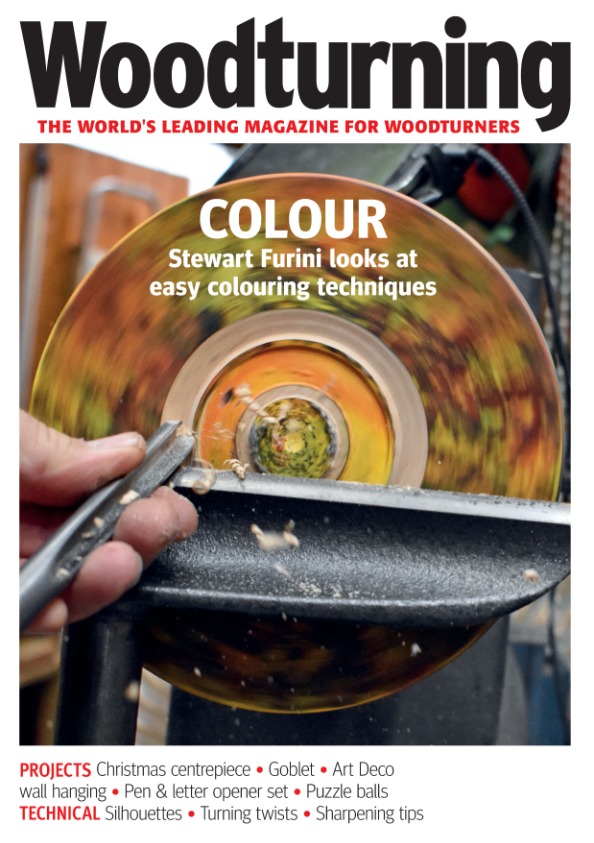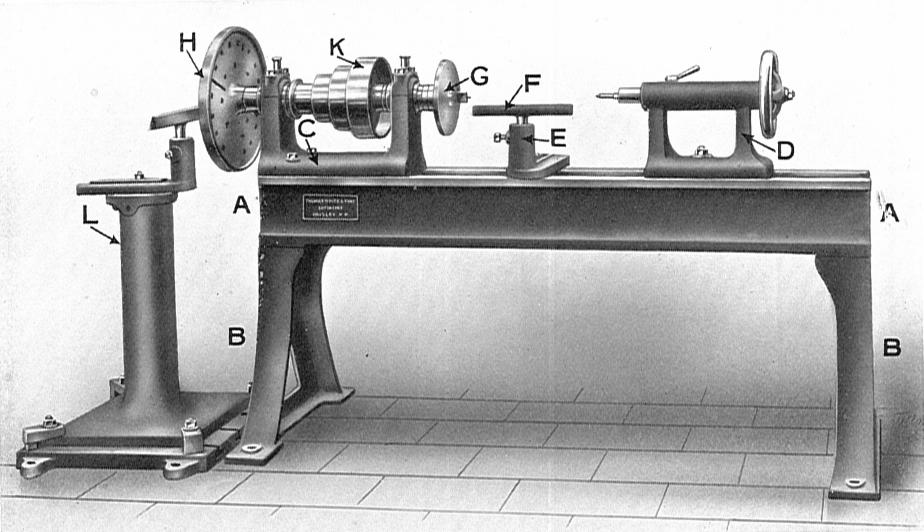
You might be curious about how texture can be added to your woodturning projects if you are a beginner. Ernie Conover shows you how to add texture to your woodturning projects. Textures are natural patterns that adorn objects in different ways. They can add personality and style to your turning projects. There are many textures you can add to your project, whether it's a salt and pepper shaker or a bottle stopper.
Making a rolling pinning
A rolling pin is a tool that can be used to turn wood into a useful tool. Wood rolling pins can be long and are made from wood that has been treated without any defects. You can use any kind or length of hardwood to make a rolling pin. The best woods for this purpose are hard maple, cherry, apple, ash and similar woods. Some cheaper versions are made of soft maple and birch, but it's important to pick out the right wood for the task.
First, measure the handle's diameter and that of the rolling ne. Use the Parting Tool to measure the diameter and then use the Roughing Gouge to skim down the handle length to its diameter. After measuring the diameter, use a Bowl Gouge to draw the rolling pin's curves. This will enable you to begin threading the pin. Once your rolling pin is dry, coat it with a food-safe varnish and let it dry for at least 15 minutes.
Make a salt-and pepper shaker
These handy utensils can be made in many ways. For example, a mason container can be used to make a salt-and-pepper shaking vessel. With a small nail, hammer and a pencil, make small holes around the letters. A cork can be placed through the holes, leaving 5/8-inch wood at the end. You can then fill the shaker up with salt and drink your creation.
Perhaps you have a bunch of Coca-Cola containers lying around your house that aren’t being used. Tape can be used to clean the bottle's lines or metallic gold leaf paint can be used to give it a more detailed look. You can also use any colour all-surface paint.
Making a bottle stopper

Making a bottle capper is easy with these steps. Mounting the blank between two points is the first step. This creates a collet that can be mounted in the chuck. Then, you will turn a piece to produce the desired shape. After that, you will turn a threaded post to attach the decorative turned part to the bottle. Different sizes can be used for threaded posts.
It is essential to select the right wood type for your project before you begin. Blanks are available at craft stores. Blanks can be purchased at a craft store. However, if you are cutting the wood yourself, ensure that they are square and flat. The wood you purchase from a shop may need to be squared up. If you don't have a chop saw, or tablesaw, you can use it instead. If you have an odd-shaped piece, use a clamp to help you square up the wood. To make it smooth and even, use a fine-grit paper to sand the stopper.
How to make a stacked bowl ring.
A stacked ring bowl is a bowl that you create for woodworking by cutting multiple flat boards into concentric rings. The rings should be glued together with a dovetail joint. The boards should measure five inches wide by one inch thick. The boards have been joined together and the edges of each board have also been planed.

A trammel or jig can be used for cutting a segmented, ring bowl. The thickness of your board will determine the spacing between the segments and how many layers you need to achieve the desired height. The board should be one inch thick and preferably not any thinner than 5/8'' or 3/4''. You can also use a trammel, or a circle-drawing device to mark the bandsaw lines.
FAQ
What's the difference between plywood vs particle board?
Plywood can be described as a mixture of layers and wood that have been pressed together with pressure. Plywood can come in many thicknesses and is used for flooring and cabinets. Particle board is made from sawdust mixed with resin and then compressed into large blocks. It is used primarily for home improvements. Both types of boards can be easily cut and are durable.
Do you have any advice on how to start a woodworking business.
It's not easy to start your own woodworking business. You won't mind working hard if your hobby is something you love. You'll likely enjoy the challenge of owning your business.
One thing to keep in mind when launching a new venture is that you might encounter unexpected problems along the way. You might run out money, or you may have to borrow unexpectedly. Perhaps customers won't pay you as much as you had hoped. These situations are necessary for survival.
One tip is to have a separate banking account for your company. You'll be able to track how much money comes in and out.
How do you know which type of wood you are working with?
Always inspect the label when buying wood. The label should detail the wood species, its moisture content and whether it has been treated or not.
Statistics
- The best-paid 10 percent make $76,000, while the lowest-paid 10 percent make $34,000. (zippia.com)
- Woodworkers on the lower end of that spectrum, the bottom 10% to be exact, make roughly $24,000 a year, while the top 10% makes $108,000. (zippia.com)
- In 2014, there were just over 237,000 jobs for all woodworkers, with other wood product manufacturing employing 23 percent; wood kitchen cabinets and countertop manufacturing employing 21 percent. (theartcareerproject.com)
- Average lumber prices rose about 600 percent between April 2020 and May 2021. (familyhandyman.com)
External Links
How To
How to stain wood
Staining wood can be described as a process where chemicals are applied to the wood surface. This causes the wood to take on a new color. This chemical reaction causes wood to turn from whiteish to brownish. Oak is the most commonly used wood for staining, but other woods can also be stained.
You can apply wood stains in many different ways. One method involves mixing the stain and a solvent and then spraying it on the wood. You can also apply a solution containing water and dye directly to the wooden surface. You can mix stains into varnishes or paints to make them part of your finish coat.
Preparing the surface is the most important step in staining wooden surfaces. The wood must be thoroughly cleaned to remove all grease and dirt. Sanding smoothens any scratches or rough spots. The next step is to determine the type of stain you would like to use. There are two main kinds of stains available: non-penetrating stains and penetrating. Penetrating stain penetrates deeper into wood than nonpenetrating, making them suitable for dark colors like mahogany. The best non-penetrating colors are those that work with light colors like maple.
After choosing the type and application method you prefer, gather your tools. Paintbrushes are great for applying stain because they allow you to evenly spread the liquid across the surface. After you're done painting, make sure to have some rags handy to remove any excess stain. If you intend to mix the stain yourself you will need enough containers to hold all the components.
After you have prepared the materials, you can clean the area where you want to stain the wood. Clean the area with soap and warm water to get rid of dirt and grime. Wipe down all furniture pieces with a dampened cloth and clean water. You should remove any debris, especially if your plan is to stain darker wood.
Apply the stain. The stain can be applied by spraying or brushing the stain onto one end of the furniture. Slowly and carefully move along the grain of wood, slowly but steadily, until you reach the other end. Be careful not to let the stain drip off the wood's edge. Before moving on to the next steps, allow the stain drying completely.
Apply a clear polyurethane sealant to protect the painted surface. Three coats are recommended for polyurethane. Allow the third coat, which should dry overnight, to dry before sanding.